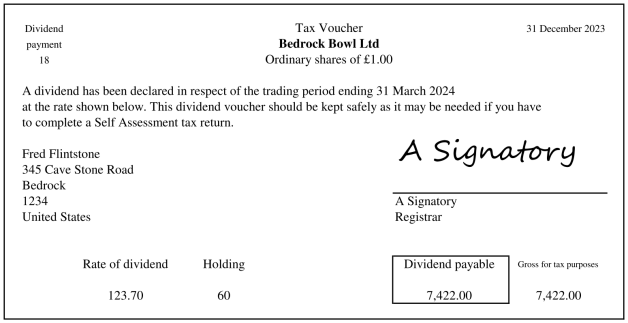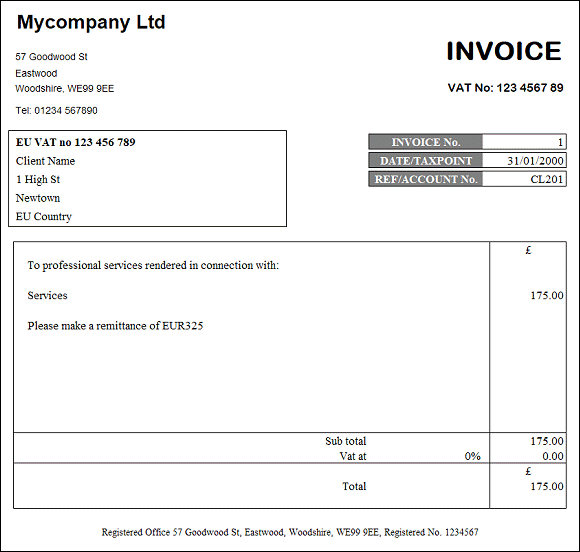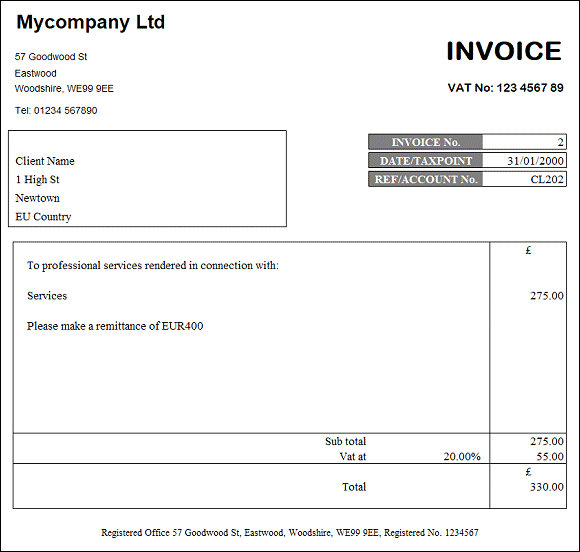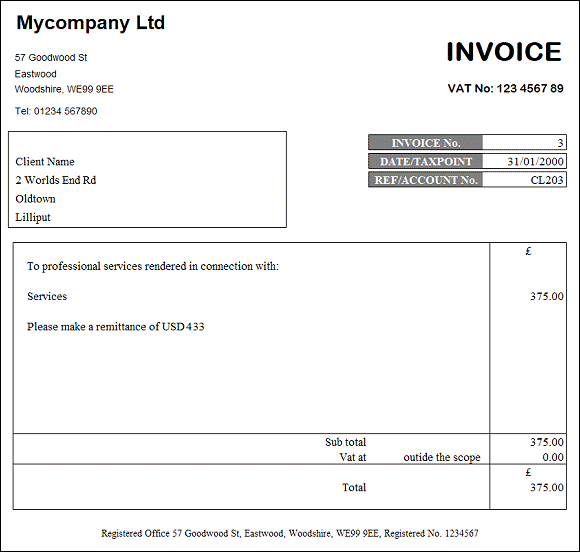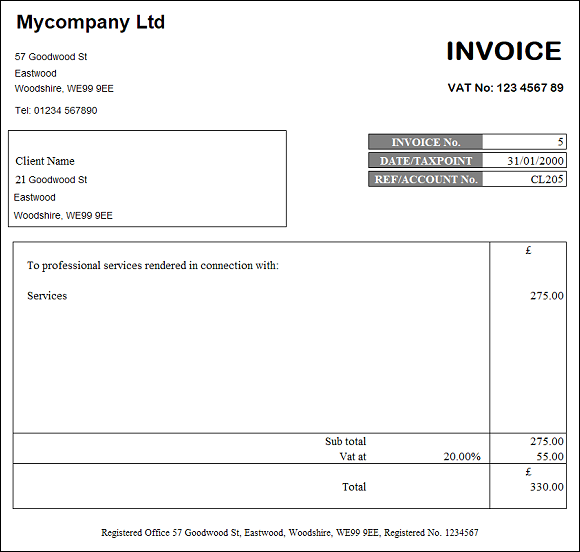The new Marriage Allowance is set to come into force on 6 Apr 2015 when the new tax year starts. It was announced in last year’s Budget when David Cameron and George Osborne made a big deal about it . . .
- Prime Minister David Cameron: “I made a clear commitment to the British people that I would recognise marriage in the tax system.”
- Chancellor of the Exchequer George Osborne: “Our new Marriage Allowance means saving £212 on your tax bill couldn’t be simpler or more straightforward.”
However, it is not as simple as that. My wife and I have been married a long time and we will not save a single penny, because the new Marriage Allowance does not apply to two spouses who are both taxpayers. You have to have one spouse with income of less than £10,600 in order to benefit That’s the tax threshold for 2015/16 and so this new allowance only works when there is one spouse who is not a taxpayer.
In this context, marriage includes all of the recent forms of civil partnership and such like.
The rule applies to income as a whole, not just “earnings” so you have to take into account wages and interest received and rent received and all manner of income. And there is another, less trumpeted, rule which says “if the higher income spouse is a higher rate taxpayer, the allowance is not available” so some of you can stop reading now!
If you are in a situation with one spouse with income of less than £9,540 and the other with income of more than £11,660 (but less than £42,385) then you will get the maximum benefit, and you need to claim the allowance. I don’t think there are any clients on my books with that precise set of circumstances, but please do correct me if I’m wrong.
In the right circumstances the lower income spouse can elect to transfer up to 10% of the annual personal allowance to the higher income spouse. That’s a maximum of £1,060 for 2015/16. Then, if the other spouse has sufficient taxable income with repayable tax credits (note that dividend income whilst taxable, does not have repayable tax credits) then the higher income spouse stands to gain £212 (that’s 1,060 x 20%).
Claims can be made online https://www.gov.uk/marriage-allowance
The social impact of this is what the Government wants to shout about. It will put £4.08 per week into the pocket of a few poorer couples in the UK. The cost of the tax saving measure is small and the percentage of UK taxpayers who will benefit is small. However, with an election coming up, you can be sure that the Government will be repeating this, a lot!
Call me a cynic, but David Cameron’s and George Osborne’s words (above) do not “recognise marriage” across the board and they do not make UK taxation “simpler or more straightforward”. It just means that accountants have to ask more personal questions in order to complete your Self Assessment tax returns. More work for accountants and (wishful thinking) higher fees for us? Maybe I should be grateful?

